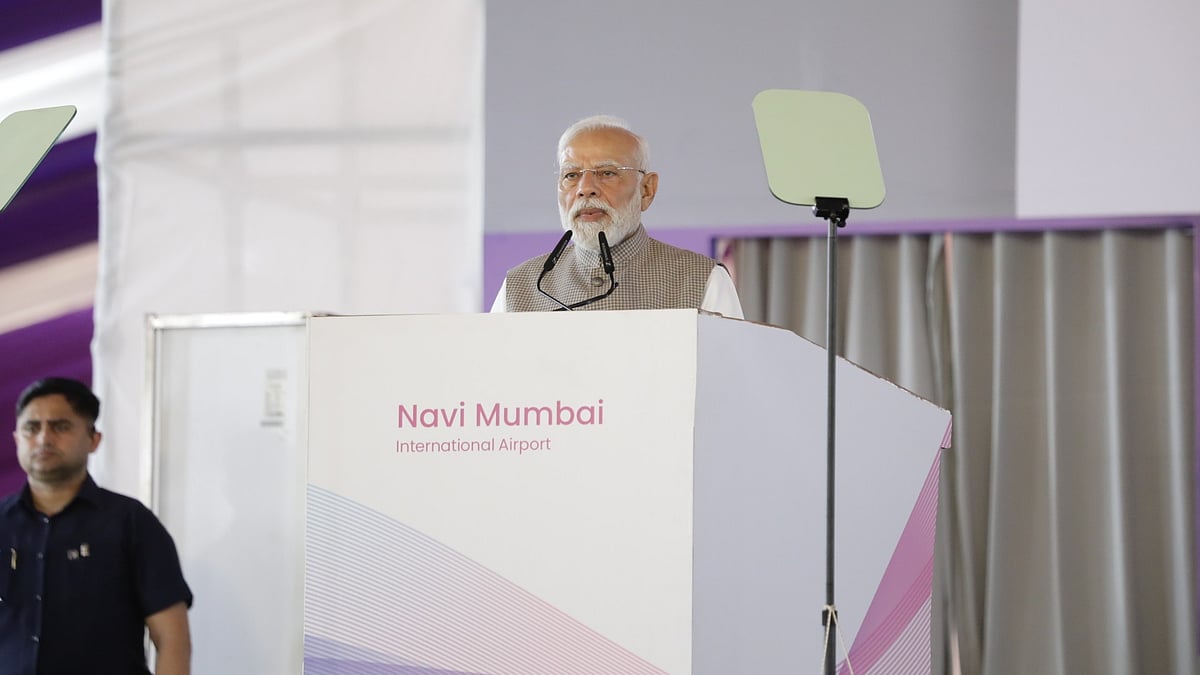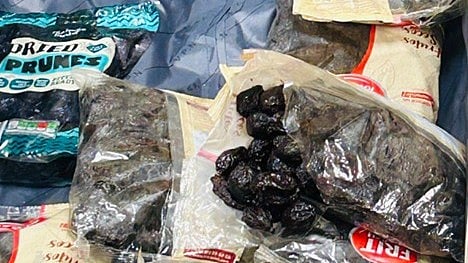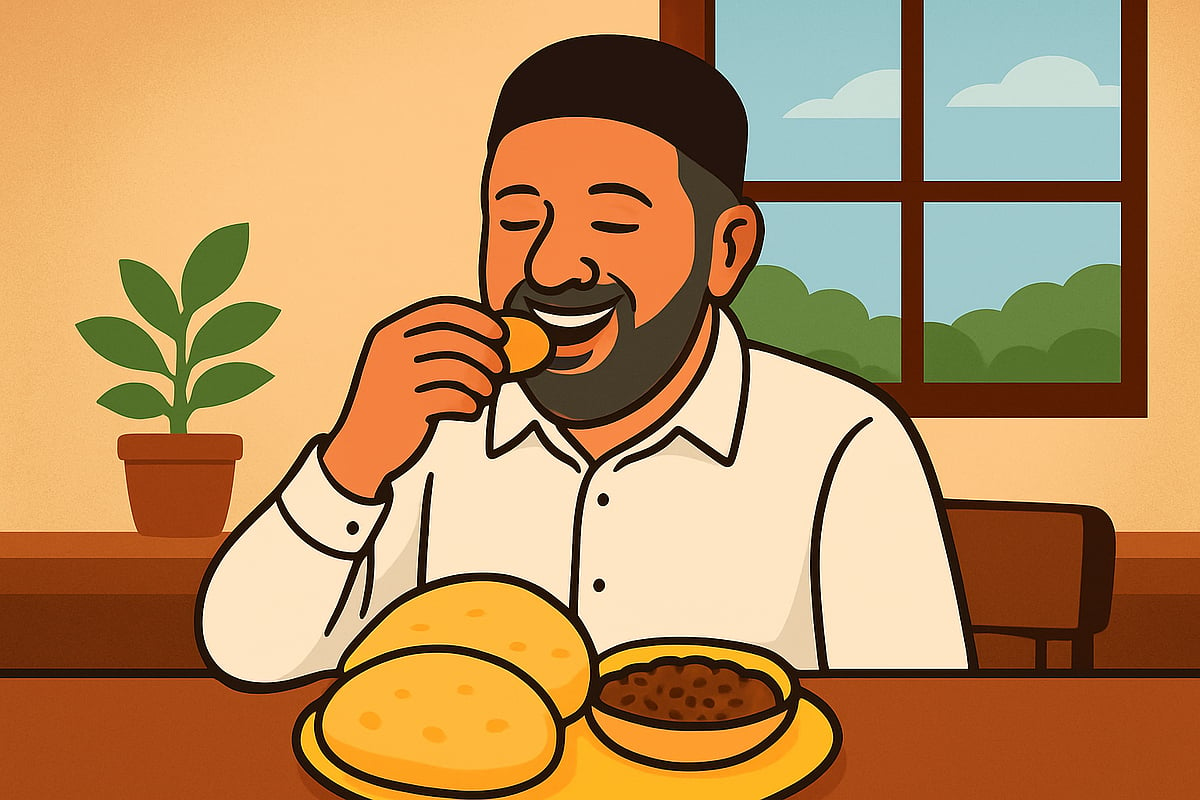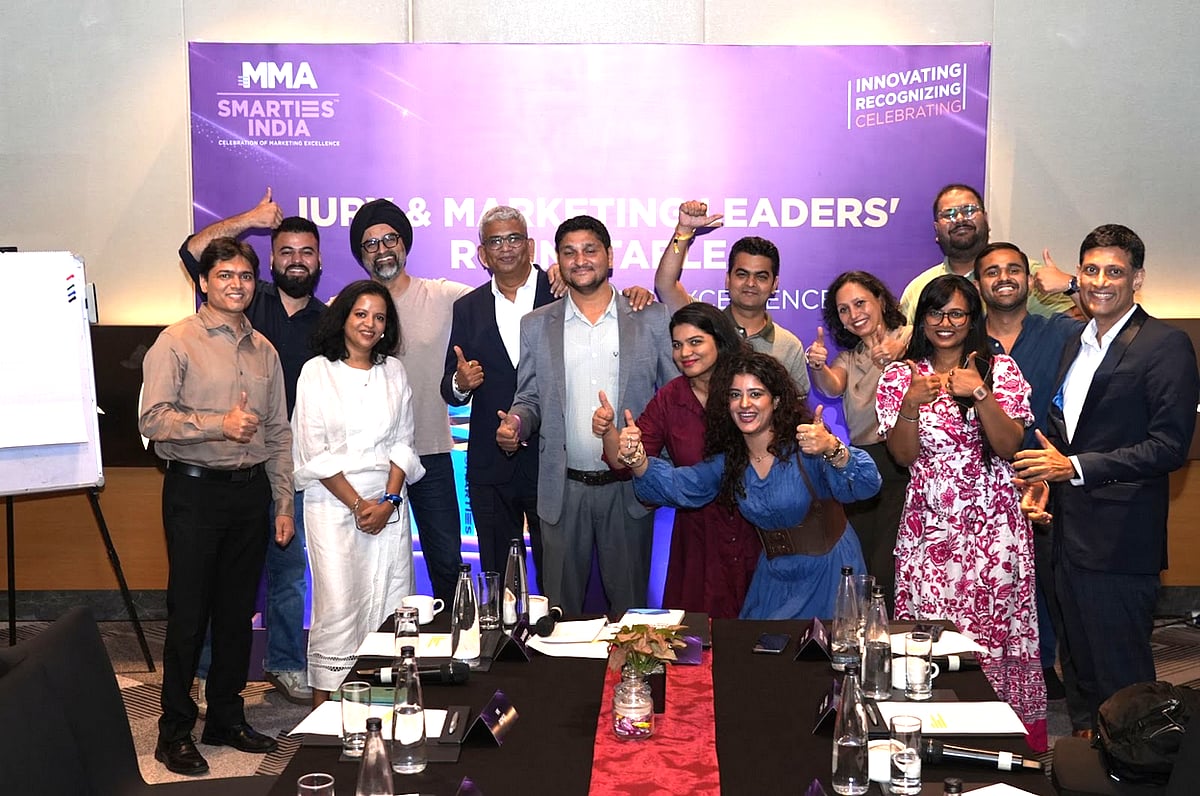The Cadbury Bournvita ‘Forced Packs’ campaign that broke last week was quite a head-turner and managed to do its job of getting noticed. Bournvita, a brand of health drink mix popular amongst children, was talking to parents and asking them through this campaign #FaithNotForce to recognise the true talent of children and not chuck them in archetypal career paths. Noble deed, indeed! Bournvita commercials have always been very likeable and have been promoting progressive parenting, right from ‘Brought up right... Bournvita Bright’ to the recent ‘Jeet Ki Tayyari’ campaigns.

KIDS AS CUTE BAITS
Children are often ‘used’ in advertising as they establish an instant emotional and impassioned connect with the viewer. Children, especially younger children (below the age of six) have this innate ability to mesmerizingly sway other children and the parent towards the marketed product through sheer cuteness and innocence in their demeanour.
Kids are also often ‘deployed’ for categories that may not be meant for kids. The recent ‘BB Now’ campaign from Big Basket featured a cute kid doling out nuggets of general knowledge before announcing the brand’s core proposition – groceries delivered in 15-30 minutes. The epic Flipkart campaign ‘No Kidding No Worries’ used kids acting as adults to break the clutter. Of course, the generous sprinkling of entertainment added to the success. Those of us who have seen advertising in the eighties and nineties can’t forget the ‘Vicks Khich Khich’ girl or the ‘I Love You Rasna’ girl or even the recent ‘Surf Daag Acche Hain’ series of ads. In all such commercials, there is an overload of cuteness and a fair bit of minimalism that brings a smile on our faces. Ad guru Piyush Pandey had once quipped that there are three sure-shot approaches that work in advertising: kids, senior citizens and animals.
KIDS INFLUENCE BUYING
Children heavily influence purchase behaviour in households, directly and indirectly. Apart from categories like toys, games, clothing, footwear, etc., children also influence things like choice of movie and restaurant outings, vacation destinations, electronics and even cars. They walk along supermarket aisles along with their parents, and drop products that appeal to them into the cart. This would most likely be the (dispensable) products that have been promoted to them. Expectedly, they are not as interested in staple unbranded groceries. With the current Generation Alpha having access to multiple screens, personal digital devices and social media, the bombardment of brands’ marketing messages is even greater. They also uniquely possess ‘chivvy’ or ‘pester’ power and they have the attention of the household. No wonder children are on most marketers’ radar as primary consumers or influencers.
THE ETHICAL ISSUE
However, there are moral and ethical issues involved in advertising to children. It is believed that effect of advertising on them is largely negative. Children observe ads minutely, can recite jingles, identify visual cues, and develop strong affinity to visuals if it carries their favourite cartoon character or celebrity or YouTube influencer. This also makes them hugely vulnerable. Children below the age of seven or eight don’t even understand that advertising is trying to change their behaviour. Beyond that, they faintly understand that there is a company or brand that is trying to manipulate this behaviour. However, emotional appeals by fellow children, celebrities and their cartoon characters, etc., talking to them is often irresistible to older kids and even adults.
The way children’s products are advertised sometimes leaves them with poor self-esteem if they can’t possess the item being promoted. It promotes impulsive buying, entices them to engage in perilous stunts they see their heroes performing, and gives rise to belligerent thoughts in impressionable minds. Children’s products in the food and drinks categories running claims of ‘healthy’ and ‘nutritious’ are always questionable and are alleged to be leading to eating disorders and obesity. In fact, this problem has taken epic proportion with the comprehensive national nutrition survey (CNNS) 2016 showing that more than half of 5-19-year-olds show bio-markers of NCDs (lifestyle diseases).
KIDS AS CONSUMERS
Children of today are in the role of consumers, buyers, spenders, shoppers and in general influencers towards purchasing decisions. Nowadays, children have more autonomy and dominance within families as compared to the previous generations. They are vocal about their needs and wants while talking to their parents. Study of children as influencers plays a very important role for marketers and researchers in identifying the factors that tend to stimulate kids in influencing their parents to make purchase decisions.
Families tend to play an important role in giving diversified trends of purchase behaviour to marketers and researchers. Marketers sometimes knowingly cross the line when making tall claims. Gullible children who can’t distinguish between fact and fiction often fall for it. Activists are prodding the authorities to take control by making front-of-pack labels (FOPL) mandatory for unhealthy food products. They are opposed to the plan by the Food Safety and Standards Authority of India (FSSAI) to label ultra-processed foods with ‘Health Star Rating’, which they say is misleading and confusing to consumers.

RESTRAINT KICKS IN
Unilever has taken a self-restraining step by asking its brand managers to stop marketing their products to children under 16. So, starting January 2023, you may find brands like Boost, Horlicks, Kissan, Kwality Walls, etc., not directly communicating with kids or using child influencers or influencers who have a following amongst children. Now that’s a truly magnanimous decision. However, this is not the first time such a pledge has been made. Though not as effective, a similar ‘India Pledge’ was made by HUL in 2010 and 2016 along with a few other companies such as Nestle, PepsiCo India and Coca-Cola India, etc. I do understand the predicament and paradox that exists here - if Walls doesn’t promote frozen desserts to kids, who will they address?
Sometimes, I wonder why healthy stuff like apples and bananas and spinach and nimbu paani are not as popular amongst kids. Well, until some mega corporation runs mega campaigns featuring celebrities promoting them, they’ll stay that way while chips and colas hog the limelight. Happy Children’s Day!
(The author is a senior professional in the corporate sector and writes on varied topics that catch his fancy. The views expressed here are his own. He tweets at @sandeepbangia)










